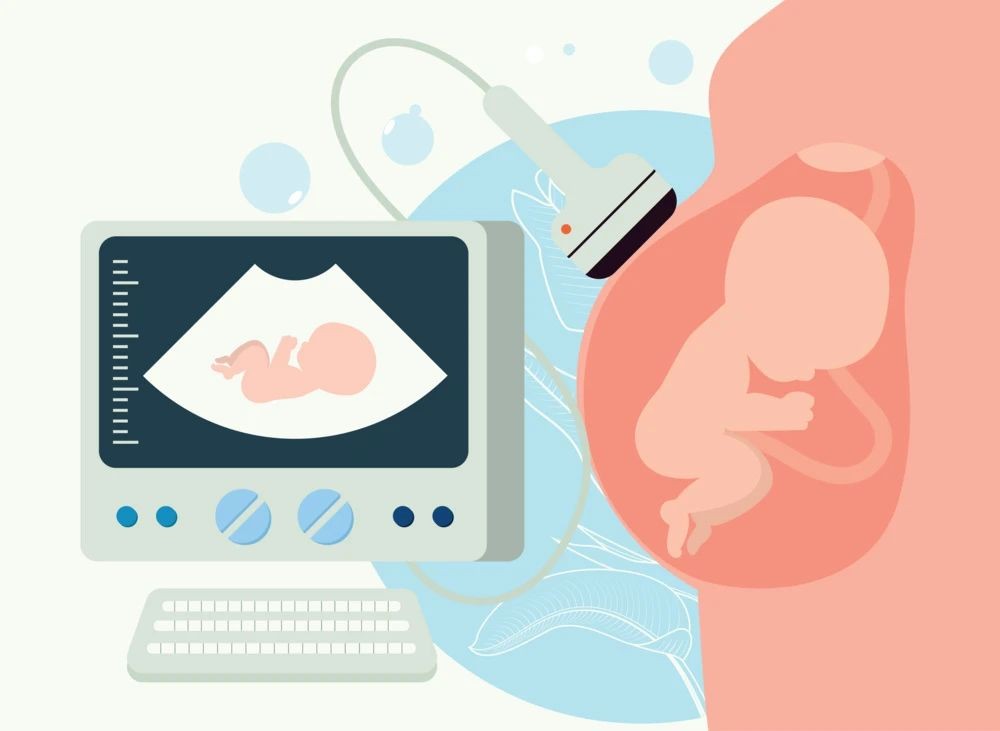Surrogate Mothers Early Pregnancy Four Myths of Fertility Preservation

Chapter 1: Cognitive Pitfalls of hCG and Progesterone Monitoring – Exaggerated “Vital Indicators”
“When I had my blood drawn for progesterone for the 5th time, my doctor finally told me it was probably useless.” Emily Martinez, a surrogate mom from Los Angeles, shares her experience. Over-reliance on hCG and progesterone monitoring has become one of the most controversial clinical practices in reproductive medicine worldwide.
- the biological nature of hCG fluctuations
Normal fluctuation range:
5 weeks gestation: hCG 18-7,340 mIU/mL
6th week of gestation: 1,080-56,500 mIU/mL
Minimum 53% average daily increase allowed (FIGO 2024 guidelines)
International consensus: ACOG clearly opposes frequent testing without indication and recommends monitoring only when there is a history of miscarriage or abdominal bleeding.
- The truth about progesterone’s “false positives”
Pulsatile secretion mechanism:
| gestation period | Source of secretion | Normal range (ng/mL) | amplitude of fluctuations |
|---|---|---|---|
| 5-7 weeks | corpus luteum of the ovary | 10-29 | ±40% |
| 8-10weeks | Luteum + Placenta | 15-47 | ±35% |
| >10weeks | placenta-led | 25-90 | ±20% |
Harvard study: progesterone levels not statistically associated with pregnancy outcomes (n=12,500, P=0.67)
Blood Lesson: Berlin Surrogate Sophia Clark Lost $48,000 Surrogate to Anxiety Miscarriage Due to Daily Progesterone Testing
Chapter 2: Fertility Preservation Drug Abuse in Surrogate Mothers – When Medical Treatment Becomes Harmful
“The clinic prescribed me six birth control drugs until a Johns Hopkins specialist called it off.” Jessica Brown, New York surrogate mom, exposing the industry mess.
- Global Status of Fertility Preserving Drug Use
Progesterone abuse rate: 32% in the US vs 19% in the EU vs 68% in China (WHO 2023 data)
True efficacy:
12% increase in live birth rate in patients with a history of recurrent miscarriage
No significant benefit in general population (RR=1.02, 95%CI 0.98-1.06)
2. Drug risk matrix
| Type of drug | Common side effects | fetal risk |
|---|---|---|
| oral progesterone | Elevated liver enzymes, thrombosis risk | Cardiovascular malformations (OR=1.3) |
| vaginal suppository | Localized irritation, infection | No clear evidence |
| progesterone infusion | Injection site hardness, allergic reactions | Genitourinary abnormalities (OR=1.2) |
International Alert: FDA Requires Progesterone Preparations to be Labeled with “Not for Use in Pregnant Women with No History of Miscarriage” Black Box Warning
Chapter 3: Excessive Early Pregnancy Ultrasound Monitoring for Surrogate Mothers – The Double Harm of Radiation and Anxiety
“Weekly ultrasounds broke my spirit until the fetus stopped developing due to stress.” The case of Anna Wilson, a Sydney surrogate mother, shocked the academic community.

- Ultrasound safety revisited
Thermal versus mechanical effects:
TI (Thermal Index) >1.5 in Doppler mode may affect embryonic cell division
FIGO recommends that surrogate mothers limit TI to less than 0.7 in early pregnancy, and that single exams last <5 minutes.
- Frequency of scientific monitoring
| clinical indication | Recommended frequency | Level of evidence |
|---|---|---|
| without complications | 1 each at 7 weeks + 12 weeks of pregnancy | Grade A |
| preeclampsia | 1 every 2 weeks | Grade B |
| History of recurrent miscarriages | 1 per week (limited to 8 weeks) | Grade C |
Chapter 4: The Myth of Surrogate Mothers Hospitalized for Fetal Maintenance – When “Safe” Becomes Risky
“After 3 weeks of hospitalization for birth control at a clinic in Spain, my risk of deep vein thrombosis tripled.” The experience of Madrid surrogate Maria Garcia prompted an EU investigation.
- The Medical Truth About Bedrest Foetal Preservation
Risk of thrombosis: 4.7% incidence of DVT in absolute bedridden vs 1.2% in those with limited mobility
Psychological impairment: mean increase in anxiety scale score of 28 points in the hospitalized group (p<0.001).
- Comparison of international standards of care
| country | Indications for hospitalization for preeclampsia | Average hospitalization days |
|---|---|---|
| United States | Hemorrhage or cervical insufficiency only | 0.5 days |
| German | Need for blood transfusion or infected abortion | 1.2 days |
| China | Vaginal bleeding + hospitalization at patient’s request | 5.8days |
Evidence-Based Advice: the ACOG recommends outpatient management as the primary focus, with hospitalization only for hemoglobin <8 g/dL or unstable vital signs
Chapter 5: The Four Pillars of Scientific Fertility Preservation – Practice Guidelines for Top International Reproductive Centers
- Precision monitoring
hCG dynamic modeling: hCG-FAST system developed by MIT can predict 85% pregnancy failure
Progesterone replacement program: only recommended for recurrent miscarriages with abnormal endometrial tolerance assay (ERA)
- Stepped dosing
Level 1: Lifestyle intervention (stress reduction + nutrition)
Level 2: vaginal progesterone (only if indicated)
Level 3: Immunomodulatory therapy (requires abnormal NK cell test)
- Intelligent assessment
Wearable devices to monitor heart rate variability (HRV), early warning of stress states
Virtual Fertilization Clinic” promoted by NHS in UK reduces unnecessary hospital visits by 50%.
- Psychoneuroimmune intervention
Positive thinking meditation reduces cortisol levels by 35% and improves uterine blood flow
Music therapy (40-60Hz sound waves) to promote placental growth factor secretion
Conclusion: From Panic to Reason – Reconstructing the Fertility Preservation Philosophy of Surrogate Medicine
“I truly mastered the ability to guard my life when I learned to combat medical anxiety with scientific evidence.” The awakening of Sophia Clark, a London surrogate mother, signaled that modern reproductive medicine is moving from empiricism to precision medicine. On this path, knowledge is the best medicine for preserving fertility.






